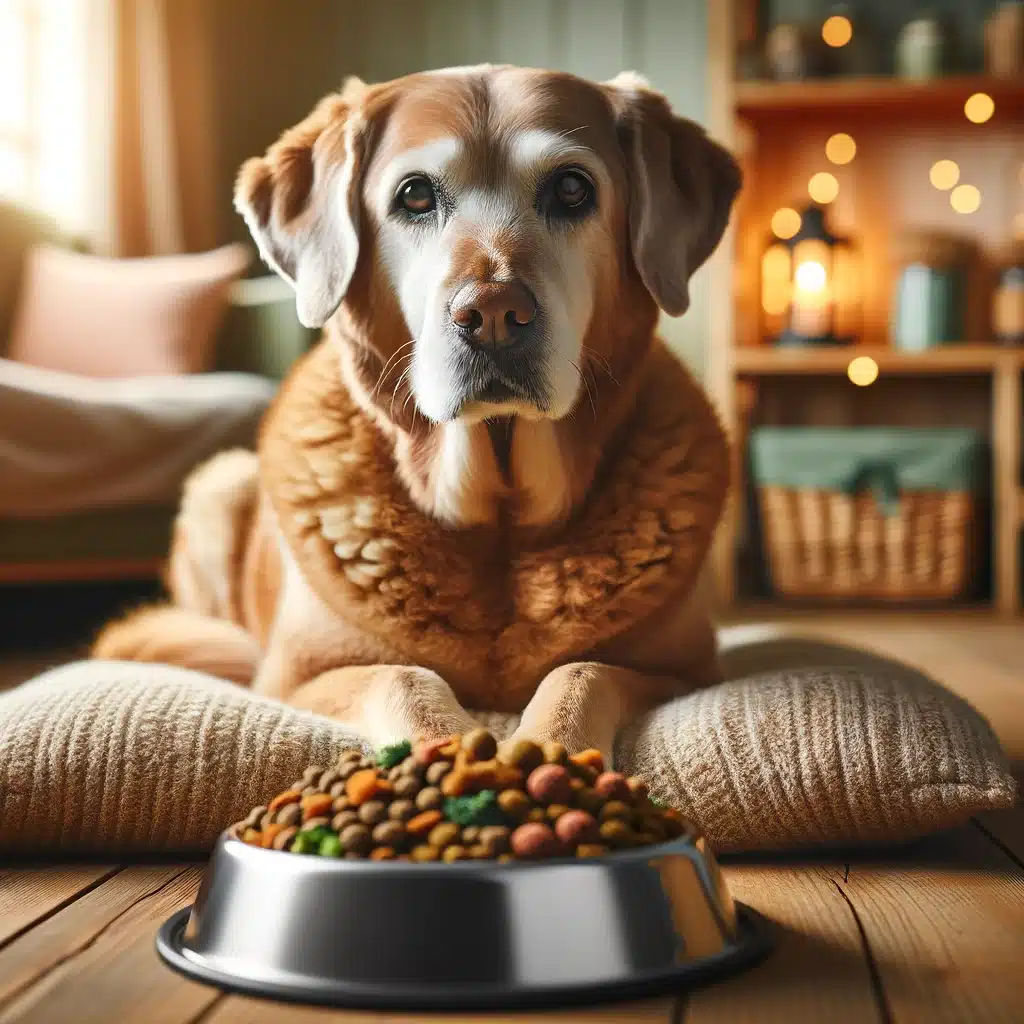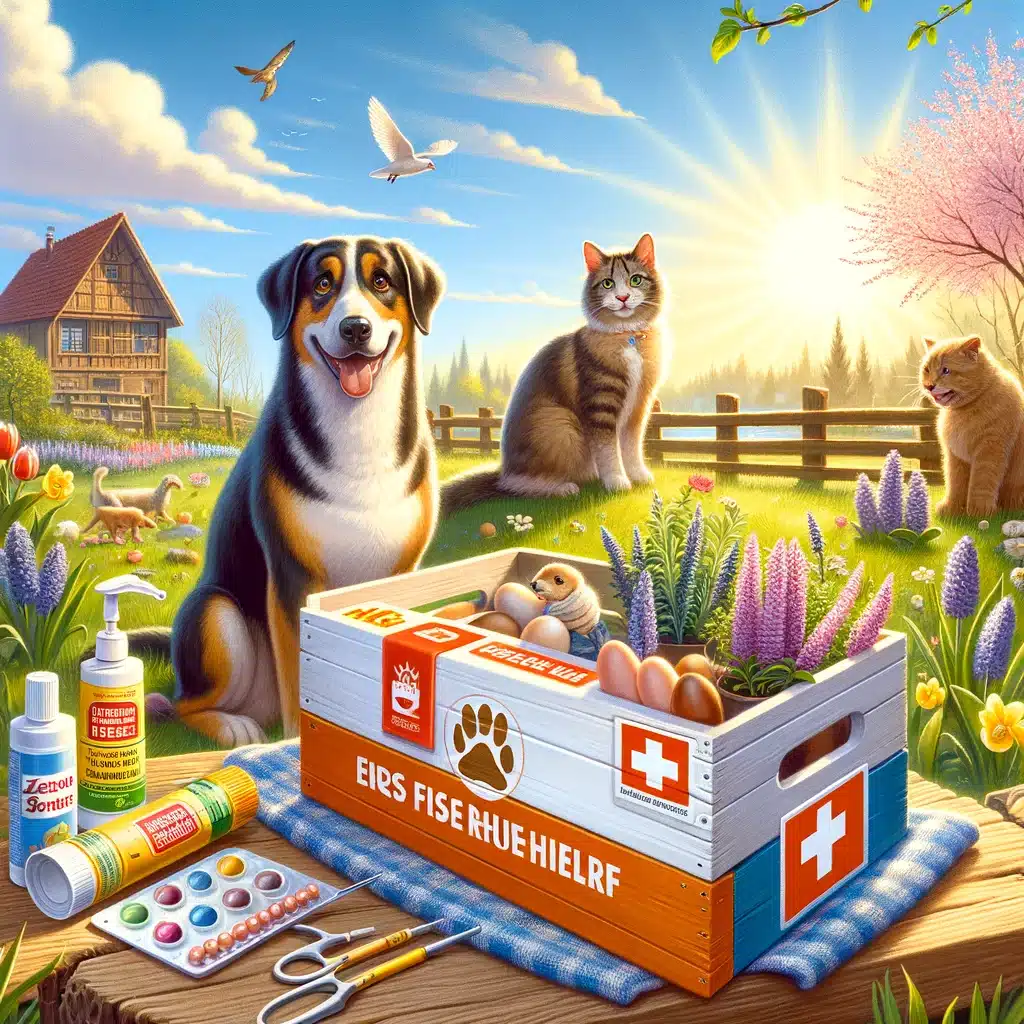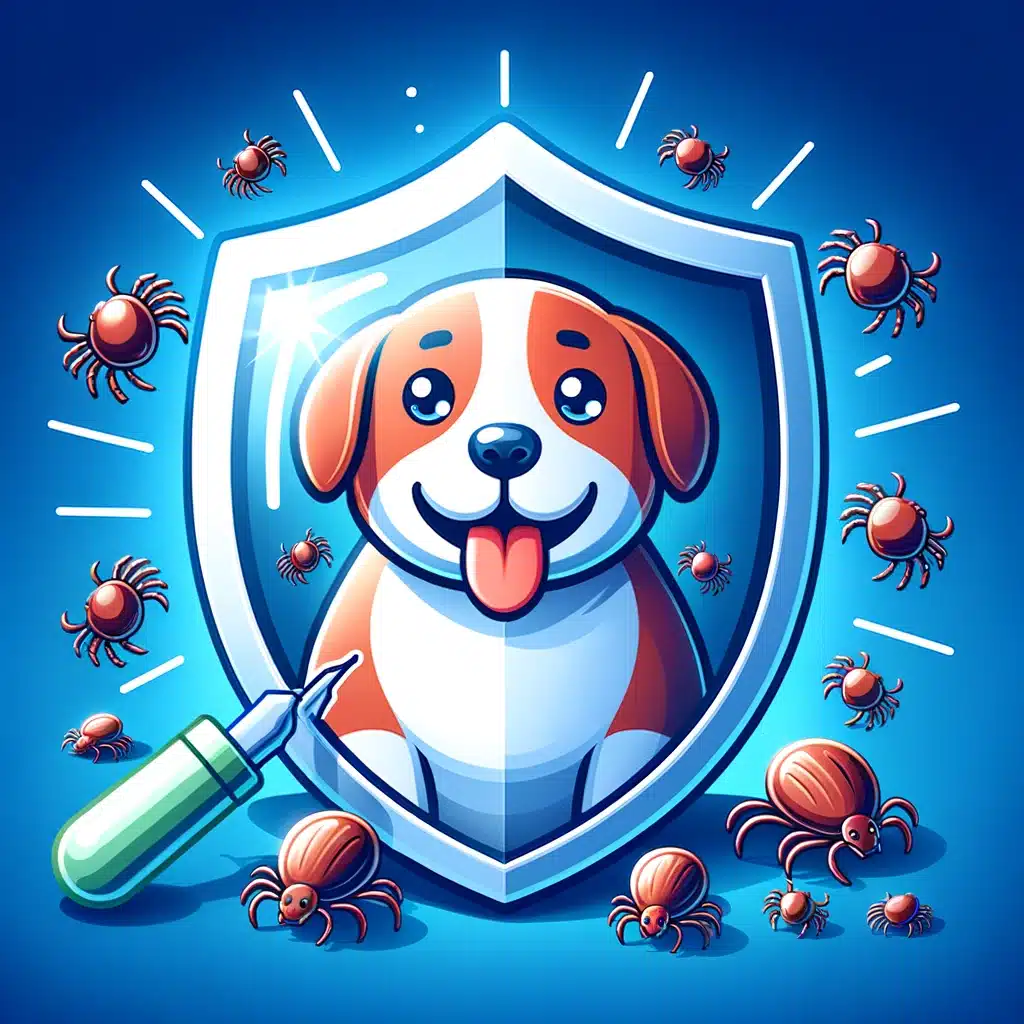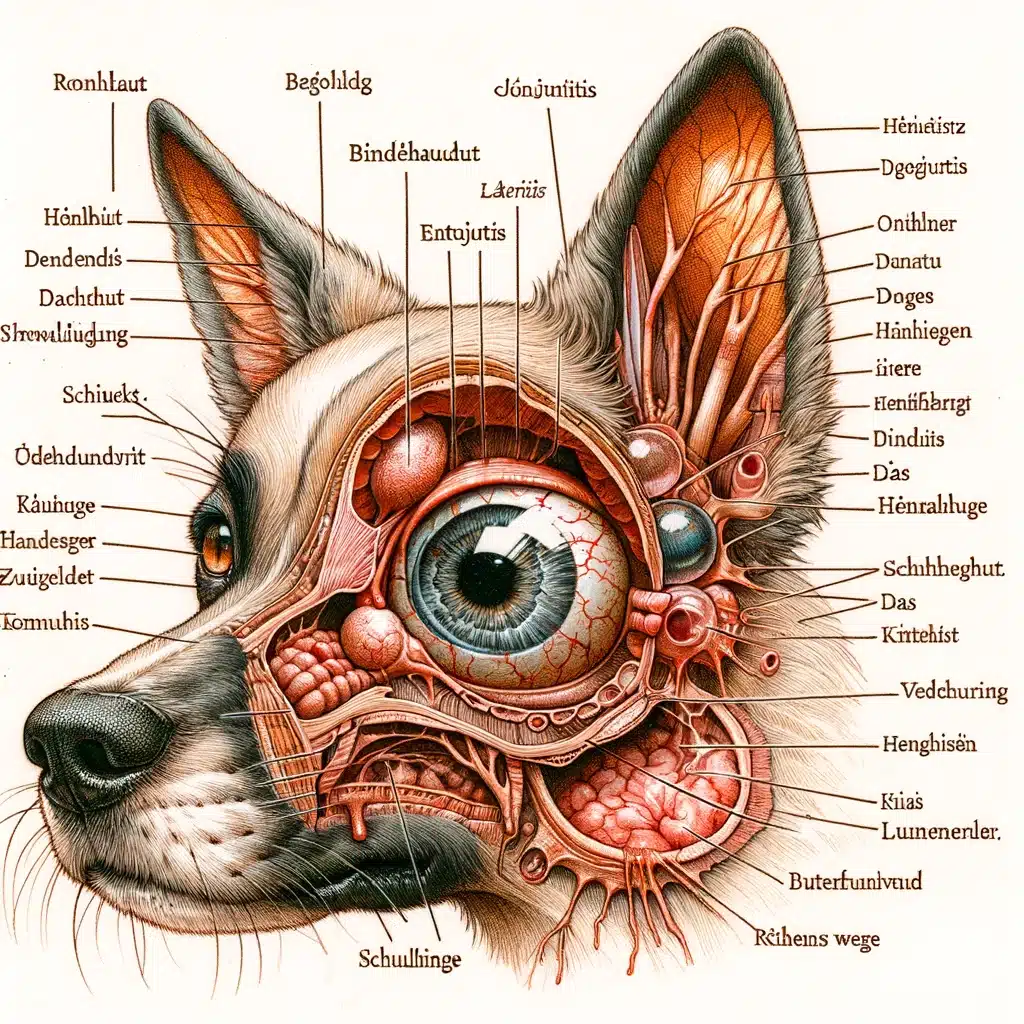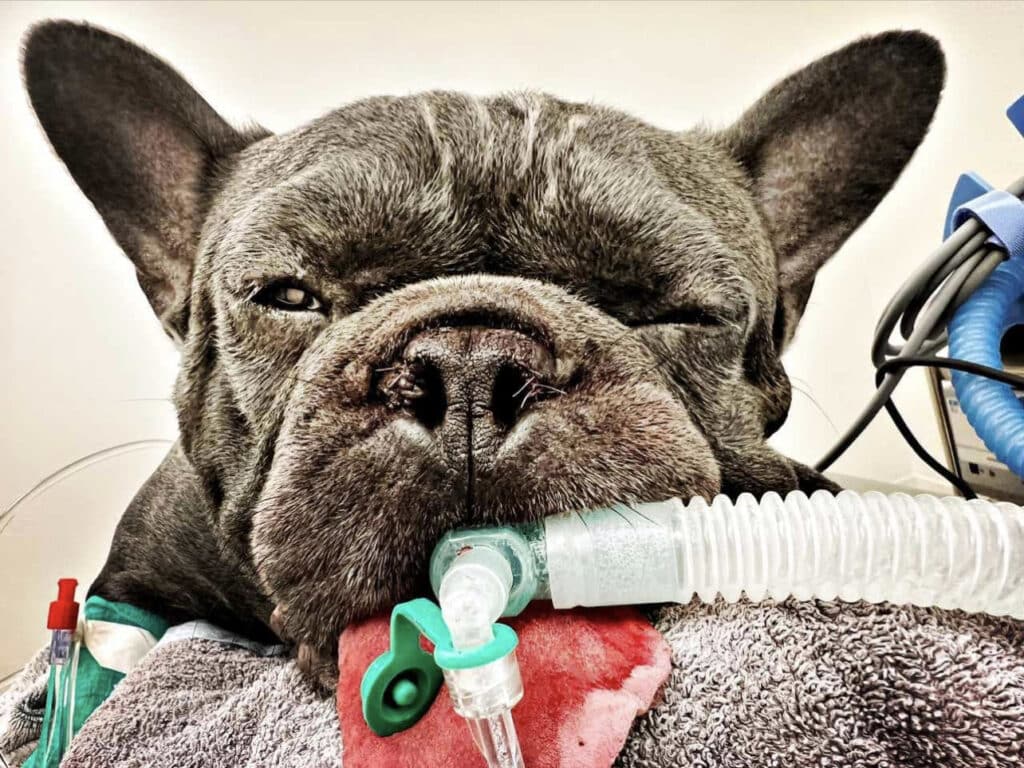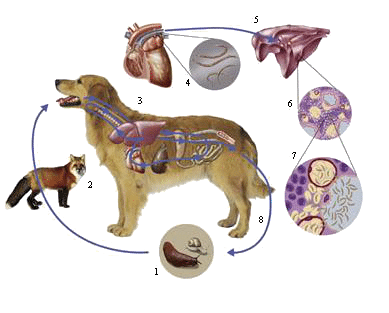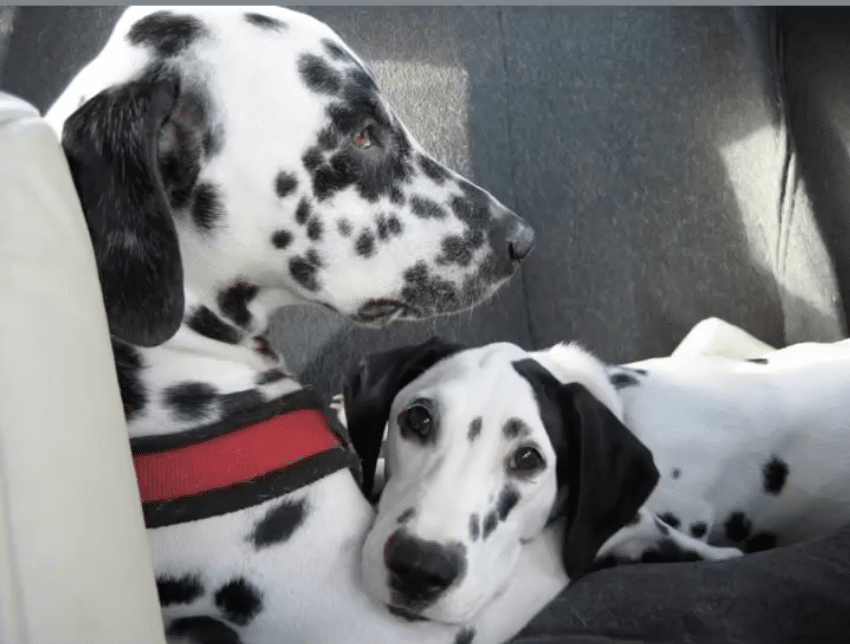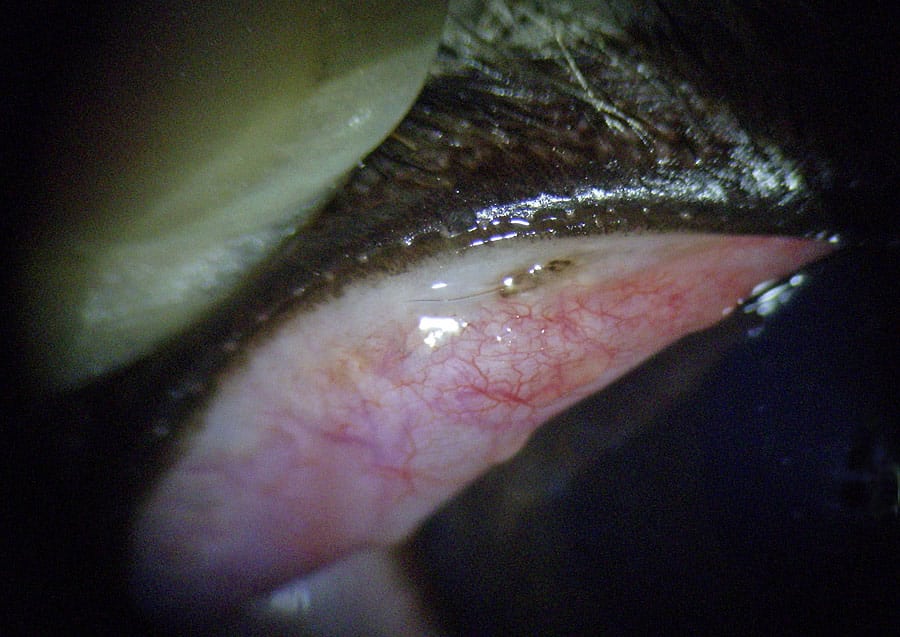Nutrition for the aging dog
As our beloved four-legged friends get older, their needs change. Nutrition in particular plays a crucial role in the quality of life of aging dogs. But when is a dog considered “old” and how do we adapt its diet to its advanced age? Many pet owners ask themselves these questions.

